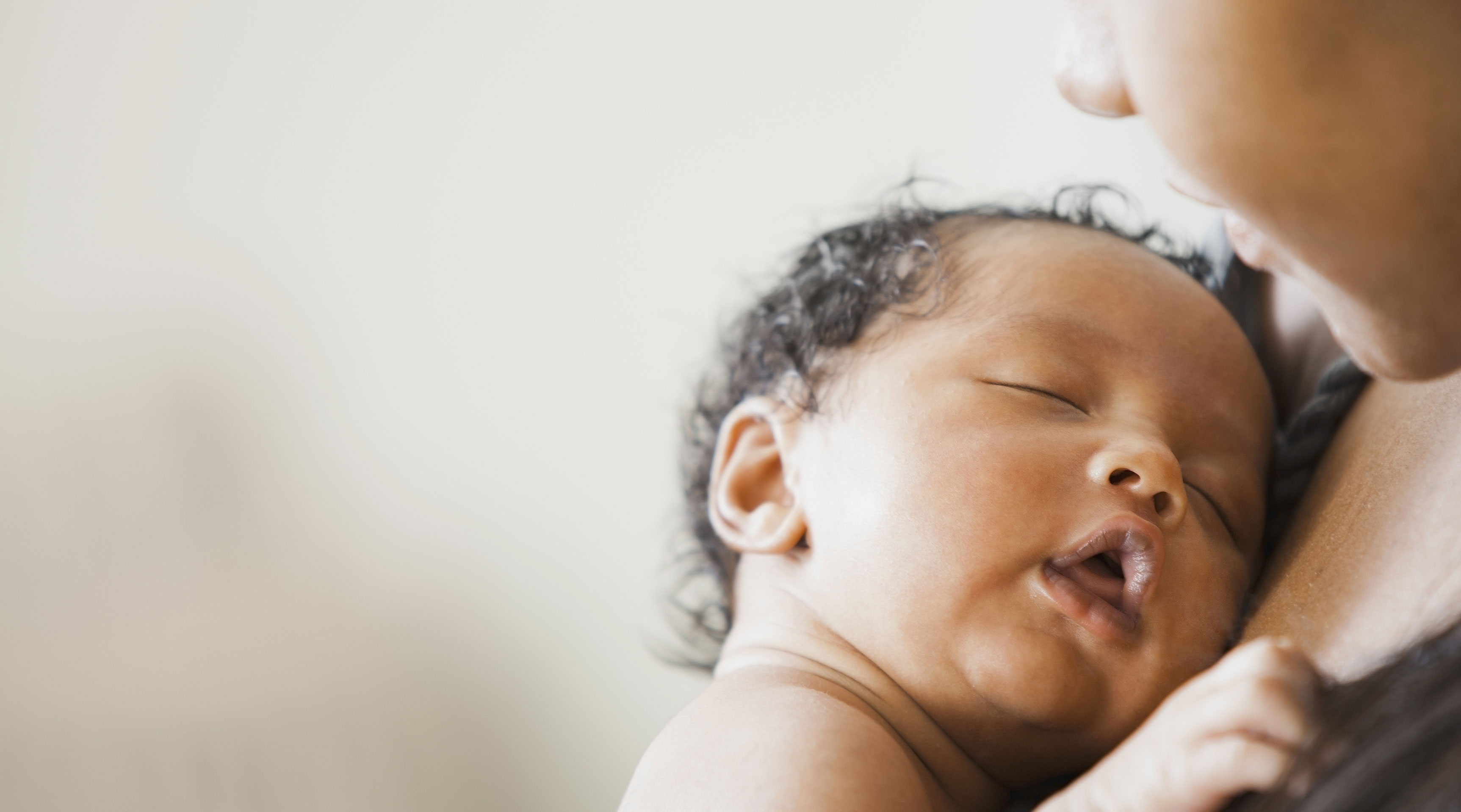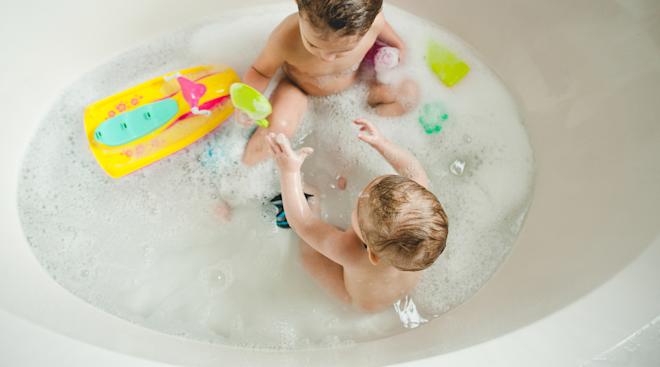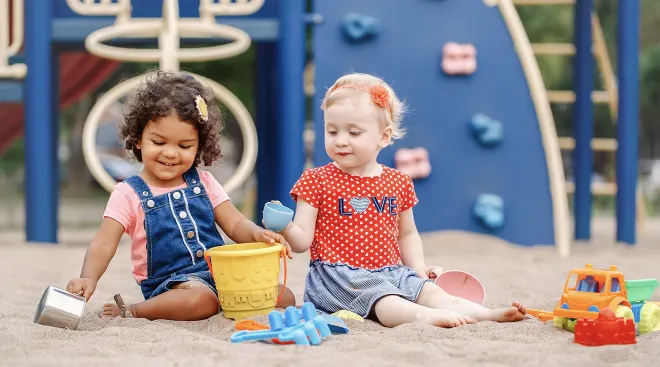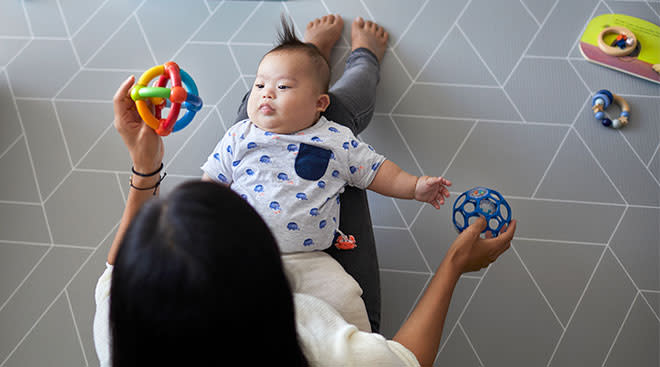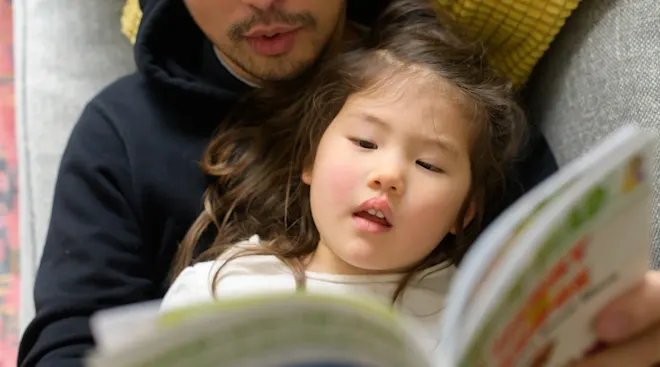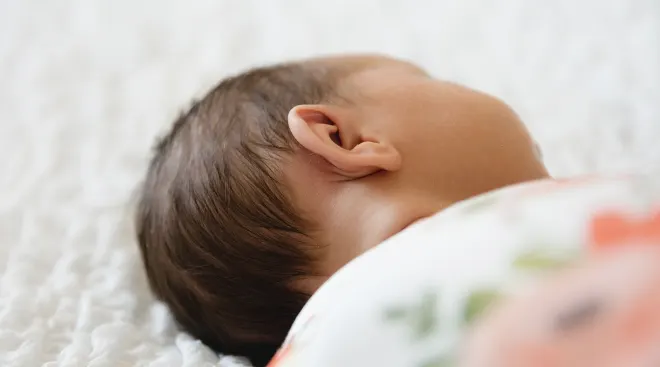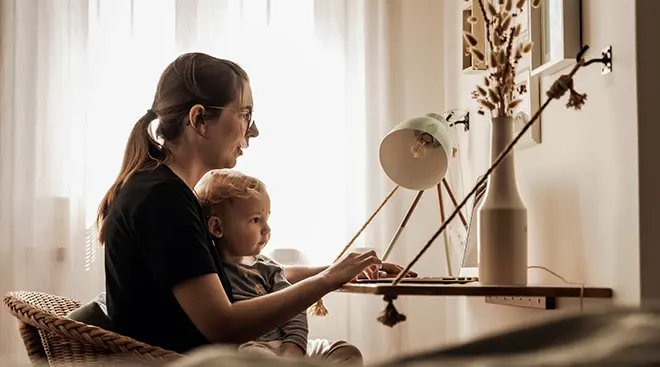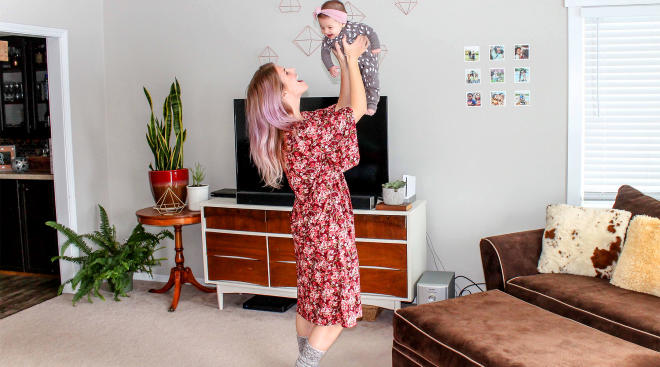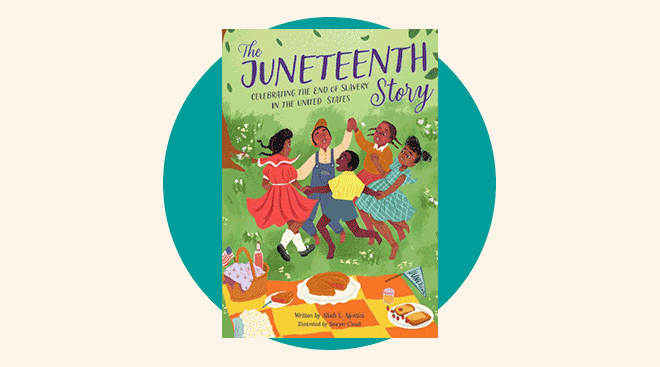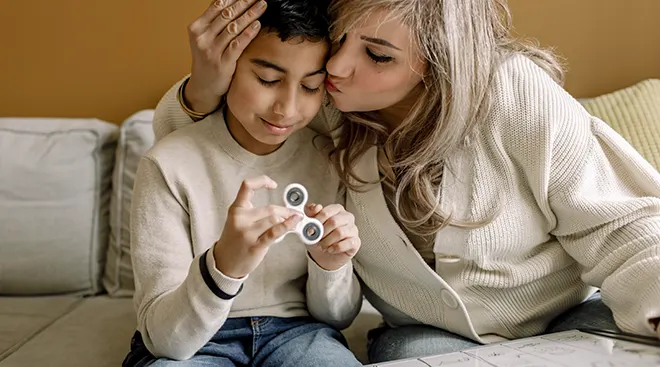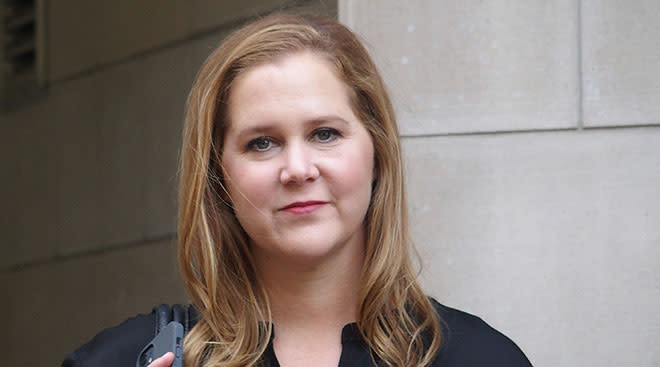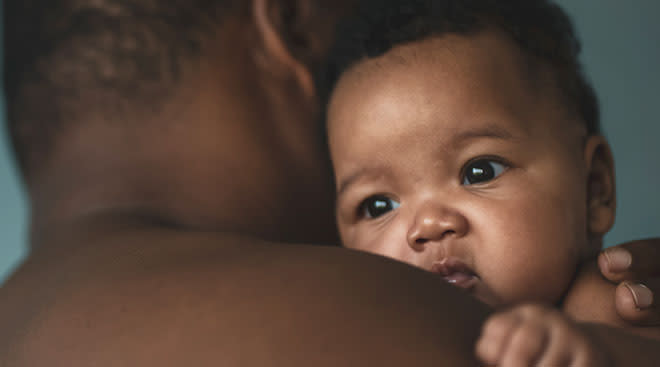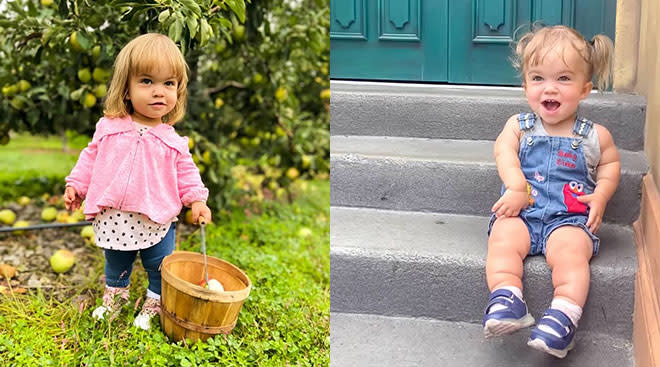Babies of Color Start Facing Inequality Before Birth, Report Confirms
Systematic social injustices have been a longstanding problem in America. Now, a report from childhood nonprofit ZERO to THREE is proving once again that Black and Brown babies do not get the same opportunities as other kids—and often these inequalities start before birth.
Their second annual report, State of Babies Yearbook, was released yesterday, June 10, and shows a national overview of how where a baby is born can become a defining factor in their development and well-being. The report found that Black and Brown infants and toddlers are more likely to be poor, to be born too small or too soon and to live in environments that challenge their families’ security.
The Yearbook compiled close to 60 indicators, specifically for children aged 0 to 3 years old. The data is broken down for the selected indicators by race/ethnicity, income and rural/urban areas. The report found that over half of all babies were children of color. When it came to infant mortality, the report found that, on average, six out of 1,000 babies will not survive to see their first birthday. Infant mortality for Black babies remains a little more than twice as high than it is for White infants. For maternal mortality, while it occurs at a rate of 17 deaths per 100,000 live births on a national scale, for Black women it continues to be over three times higher than it is for White women.
Other findings in the report show babies of color have higher rates of preterm birth and low birthweight than White babies. On a national level, the preterm birth rate for Black women is 14.1 percent, which is 55 percent higher than the rate for White women (9.1 percent).
When it came to childcare access, the report found the cost of infant care is more than the cost of college tuition in more than half of America’s states. The cost of infant care ranges between 25 to 89 percent of single parents’ median income. To make matters worse, resources are often inaccessible, such as Early Head Start, a proven program that improves parenting and child outcomes. However, it only reaches 7 percent of families eligible for it. Currently, three quarters of the programs participants are babies and toddler of color.
Moreover, the report found that 42 percent of babies live in families that don’t have enough income to make their ends meet, and 15.5 percent of babies and toddlers live in crowded housing. For low-income families, this scenario was three times more likely (24.6 percent) than for families living above low-income (7.9 percent). According to the report, Hispanic babies are more than three times as likely to be in this situation (29 percent), while Black babies and babies of other races are twice as more likely (17.5 percent) than White babies (7.6 percent).
Through its report, ZERO TO THREE aims to both educate families on these inequalities and appeal to policymakers to make real, lasting systematic change. “Our nation has been complacent for too long and has looked the other way when Black and Brown families have struggled. But our babies deserve more than what we’re giving them—they deserve the same opportunities as any other child,” Myra Jones-Taylor, Chief Policy Officer at ZERO TO THREE, stated in a press release. “This is an unmitigated crisis that impacts babies and families in every single state in our country, and it has long-lasting impacts throughout our lives. If we want to truly address the issues plaguing Black and Brown communities in the United States, we need to start by identifying disparities, addressing them with specific policies and budgets, and making the potential of every baby a national priority.”
To read the full report, including the results for specific states, visit StateofBabies.org.
Please note: The Bump and the materials and information it contains are not intended to, and do not constitute, medical or other health advice or diagnosis and should not be used as such. You should always consult with a qualified physician or health professional about your specific circumstances.
Navigate forward to interact with the calendar and select a date. Press the question mark key to get the keyboard shortcuts for changing dates.

































